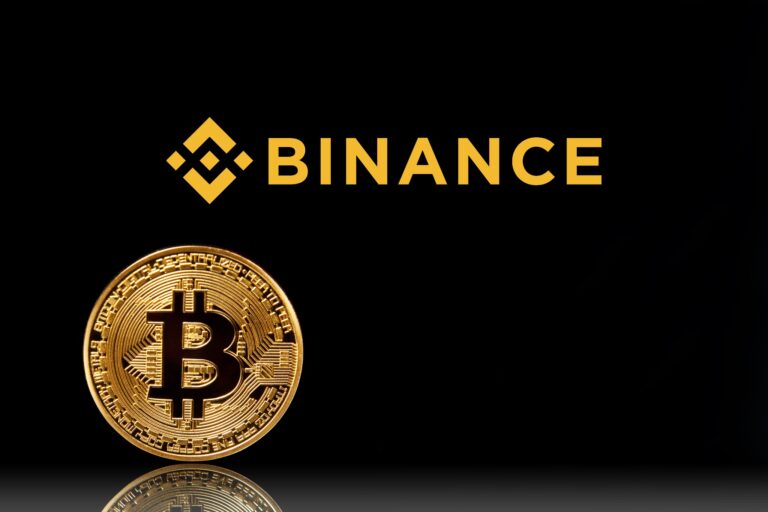The recent listing of Scroll, an Ethereum layer-2 project, on Binance has ignited a fiery debate within the cryptocurrency community. This event is significant not just for Scroll but for anyone interested in the future of blockchain technology and decentralization.
What Happened?
On October 11, Scroll announced its listing on Binance, one of the largest centralized cryptocurrency exchanges (CEX). This move was met with a mix of enthusiasm and skepticism. Some praised the decision as a way to fuel growth and broaden Scroll’s user base, particularly in emerging markets. However, critics voiced concerns that this partnership with Binance could undermine Scroll’s commitment to decentralization.
Why Does This Matter?
- Decentralization vs. Centralization:
- Decentralization is the backbone of cryptocurrencies. It means that no single entity has control over the network, which is crucial for security and user trust. Critics argue that partnering with a centralized exchange like Binance may compromise these principles. This debate highlights a key tension in the crypto space: the need for growth and the need to maintain decentralized values.
- Growth Strategies:
- Scroll’s co-founder, Ye Zhang, defended the decision by emphasizing its strategic importance. By listing on Binance, Scroll can tap into a larger market, making it easier for users to move their funds in and out of the network. This is especially important for attracting new users and maintaining competitiveness against other projects like Tron.
- Community Perspectives:
- The community is divided. While some see the listing as a necessary step for growth, others view it as a betrayal of the decentralization ethos that many cryptocurrencies were built upon. This conflict reflects broader concerns in the cryptocurrency world about how to balance innovation and community values.
Key Terms to Remember
- Layer-2 Solution: A secondary framework built on top of a blockchain (like Ethereum) to improve scalability and transaction speed.
- Centralized Exchange (CEX): A trading platform that is operated by a centralized organization. Users must trust this organization with their assets.
- Decentralization: A system in which no single entity controls the entire network, promoting transparency and user control.
- Ecosystem Growth: Strategies to expand the reach and functionality of a blockchain project, often involving partnerships with other platforms.
Why You Should Care
Understanding this debate is crucial for anyone interested in cryptocurrencies. As you dive deeper into this field, you’ll encounter similar discussions about the balance between innovation, growth, and core values.
Steps to Build Your Knowledge
- Stay Informed: Follow cryptocurrency news to understand how major events impact the market.
- Engage with the Community: Participate in discussions on platforms like Twitter (X) or Reddit to hear diverse opinions.
- Explore Different Projects: Look into various cryptocurrencies and their approaches to decentralization and growth strategies.
- Understand the Risks: Be aware of the potential downsides of centralization, such as increased vulnerability to regulations or hacks.
By grasping these concepts, you’ll be better equipped to navigate the rapidly changing landscape of cryptocurrency and blockchain technology. This knowledge can empower you to make informed decisions, whether you’re investing or simply trying to understand this innovative space.



